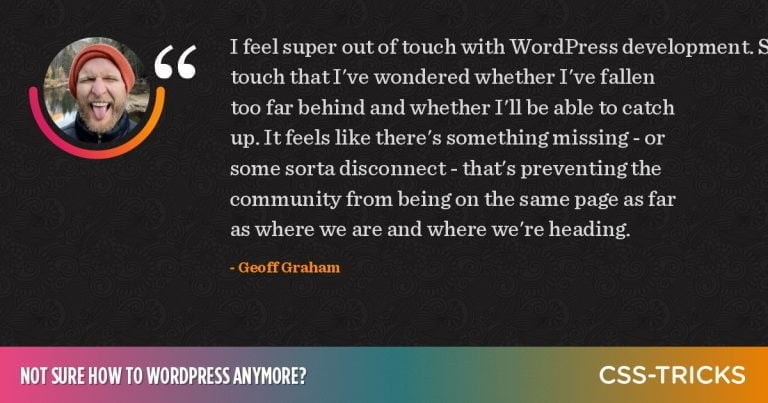Technical considerations like wireframes, programming, and content management are frequently at the forefront of web designers’ minds when thinking about web design services.
Effective design goes beyond flashy aesthetics or the placement of social media links. What actually distinguishes a fantastic design is having a website development procedure that is in line with a broad objective.Excellently designed websites offer much more than just aesthetics. Through a range of indicators, including graphics, text, and interactions, they draw visitors and aid in the understanding of the product, company, and branding. That implies that each component of your website must contribute to a clear objective. But how do you create that harmonious fusion of components? using an integrated approach to web design that takes into account both form and function.
Basic 7 steps involved in website development
Table of Contents
The steps below should be followed in order to design, develop, and launch your website:
1. Identify your goal in web design:
Understanding how you can assist your client is the main focus of the stage.The designer must first decide what the website will be used for, usually in close collaboration with the customer or other stakeholders.— Tools for identifying website goals
- Branding attributes
- Creative Brief
- Competitor analysis
- Audience personals
2. Web Design Scopes:
One of the most prevalent and difficult problems influencing web design projects is scope creep. Initially, the customer has only one goal in mind, but as the design process progresses, this gradually broadens, evolves, or entirely transforms. Before you know it, you’re not just designing and constructing a website, but also a web app, emails, and push notifications.— Tools for defining the scope
- Timeline visualization
- Contract
3. Sitemap and wireframe creation in Web Design:
Any well-designed website’s foundation is its sitemap. It clarifies the relationships between the various pages and content components and helps provide web designers with a clear idea of the website’s information architecture.It’s analogous to building a house without a blueprint to building a website without a sitemap. It also rarely works out well.After that, create a wireframe mockup using some design ideas. Wireframes give the site’s visual design and content pieces a framework to be stored in, and they can be used to see any sitemap gaps or possible problems.
4. Content creation:
SEO is only one part of the content marketing equation. Once the foundation of your website is established, you can begin working on its most crucial component: the written content.Content fulfills two crucial functions:Function1: SEOThe visibility of a site in search results is also improved by content. SEO, or search engine optimization, is the process of creating and enhancing content to score highly in search.Function2: Content drives engagement and actionFirst, content draws readers in and motivates them to participate in a way that advances the objectives of a website. Both the substance itself and the way it is presented have an impact on this.
5. Visual elements:
The visual theme for the website must now be developed. Existing branding components, color schemes, and logos chosen by the client will frequently influence this stage of the design process. However, it’s also the point in the process of creating a website where a talented web designer may really excel.More than ever before, images are playing a bigger part in web design. High-quality photographs not only offer a website a professional appearance and feel, but they also convey a message, are responsive to mobile devices, and foster confidence.
6. Testing:
You can begin testing the site after it has all of its graphics and content. Test each page in detail to ensure that all of the links are functional and that the website displays correctly across all platforms and browsers. Small coding errors can cause errors, and while finding and fixing them is frequently difficult, it is preferable to do so now than to let the public use a site that is faulty.— Website testing tools
- SEO Spider
- W3C Link checker
7. Launch:
Now comes everyone’s favorite stage of the website design process: launching the site when everything has been thoroughly tested and you are satisfied with it.Don’t expect everything to go smoothly. It’s possible that some things still need to be fixed. Web design is a dynamic, continuing process that needs ongoing upkeep.The key to successful web design, and design in general, is striking the proper balance between form and function. You must choose the appropriate fonts, colors, and design elements. However, how visitors use and interact with your website matters just as much.The post Web design services in 7 easy stages appeared first on Acemero Blogs & News | software solution for your business | latest news.Are you looking for professional web design services? With the ever-growing number of online businesses, it is becoming increasingly important to have a website that stands out from the competition. However, finding the right web design services can be a daunting task. To help you get started, here are seven easy steps to get professional web design services. 1. Determine Your Needs – Before you start looking for web design services, it is important to determine what your needs are. Think about what type of website you need, what features you would like to have, and how much you are willing to spend. This will help you narrow down your search and make it easier to find the right company for the job. 2. Research Companies – Once you know what you need, it is time to start researching companies that offer web design services. Look for companies that have experience in the type of website you need and read reviews from past clients. This will help you get an idea of the quality of work they provide and whether or not they are a good fit for your project. 3. Ask for Quotes – Once you have narrowed down your list of potential companies, it is time to ask for quotes. Make sure to ask for detailed quotes that include all the features you need and any additional costs. This will help you compare different companies and make sure you are getting the best deal. 4. Check Portfolios – Before you make your final decision, take the time to check out the portfolios of each company. Look at their past work and see if it matches the type of website you need. This will give you an idea of the quality of work they provide and help you make an informed decision. 5. Ask Questions – Don’t be afraid to ask questions when talking to potential web design services. Ask about their process, how long it will take to complete your project, and any other questions you may have. This will help ensure that you are getting the best service possible. 6. Read Contracts – Before signing any contracts, make sure to read them thoroughly. Pay attention to any hidden fees or extra charges that may not be included in the initial quote. This will help ensure that you are not surprised by any additional costs down the line. 7. Get Started – Once you have chosen the right company for your project, it is time to get started! Make sure to communicate clearly with your web design services throughout the process and provide them with any information they may need. This will help ensure that your website is completed on time and within budget. By following these seven easy steps, you can easily find professional web design services that meet your needs and budget. With a little research and patience, you can find the perfect company to create a website that stands out from the competition.





